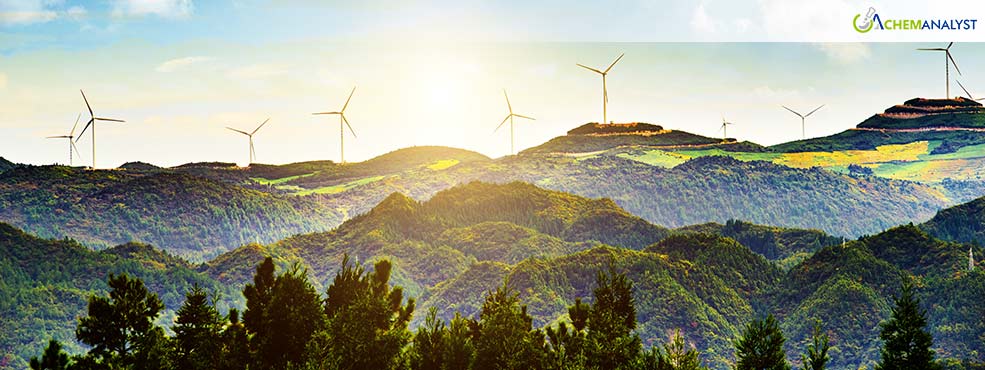Stanford Researchers Create Wind-Powered Device to Generate Sustainable Ammonia
- 10-Jan-2025 12:30 AM
- Journalist: Alexander Pushkin
Researchers from Stanford University and King Fahd University of Petroleum and Minerals have made a groundbreaking advancement in ammonia production, creating a portable device capable of generating ammonia directly from the air using wind energy. This breakthrough offers a sustainable solution to traditional ammonia production, which is energy-intensive and heavily reliant on natural gas, contributing significantly to global greenhouse gas emissions. With the development of this technology, farmers could soon produce ammonia, a crucial ingredient for fertilizers, directly on their farms, harnessing the power of air and wind.
Ammonia is a key component in fertilizers, essential for food production worldwide. However, traditional methods of ammonia production, particularly the Haber-Bosch process, consume about 2% of global energy and account for roughly 1% of the world’s annual carbon dioxide emissions. This process relies on natural gas for hydrogen production, making it energy-intensive and environmentally unsustainable. The newly developed wind-powered device offers a potential solution by using air and wind energy to produce ammonia in a much more energy-efficient and environmentally friendly manner.
The researchers recently published their findings in Science Advances, showcasing the first field demonstration of the technology outside a laboratory setting. The device operates at room temperature and standard atmospheric pressure, eliminating the need for high-energy inputs typically required in traditional ammonia production methods. By utilizing a catalyst-coated mesh, the device extracts nitrogen from the air and hydrogen from water vapor, facilitating the ammonia synthesis process. Unlike conventional techniques, this device does not require an external voltage source, making it a highly energy-efficient and low-cost solution for ammonia production.
One of the key advantages of this technology is its portability. The compact design allows the device to be used directly on farms, enabling farmers to produce ammonia on-site rather than relying on centralized fertilizer manufacturers. This reduces the need for transportation and supply chain logistics, making the entire process more cost-effective and sustainable. In laboratory tests, the device demonstrated the ability to produce ammonia concentrations suitable for hydroponic fertilizers in just two hours, using a water-spraying system to recycle water and facilitate ammonia production.
The researchers are already working on expanding the technology to produce larger volumes of ammonia, with plans to scale up the mesh systems to meet the needs of large-scale agricultural applications. The team believes this innovation could significantly reduce the carbon footprint of ammonia production, providing a cleaner, more efficient alternative to current practices. However, the implications of this breakthrough go beyond agriculture.
Ammonia is also a critical clean energy carrier. With its higher energy density compared to hydrogen gas, ammonia offers an efficient way to store and transport renewable energy, making it an important component in decarbonizing industries such as shipping and power generation. This makes the wind-powered ammonia production device a key player in the transition to sustainable energy solutions, addressing both food security and clean energy challenges simultaneously.
Although the device is expected to be ready for market in two to three years, the researchers are optimistic about its potential to transform the ammonia industry. The project has received funding from the U.S. Air Force Office of Scientific Research and King Fahd University of Petroleum and Minerals, highlighting its importance in both agricultural and clean energy innovation. As this technology evolves, it could revolutionize ammonia production, reduce emissions, and play a pivotal role in the global transition to sustainable energy practices.



